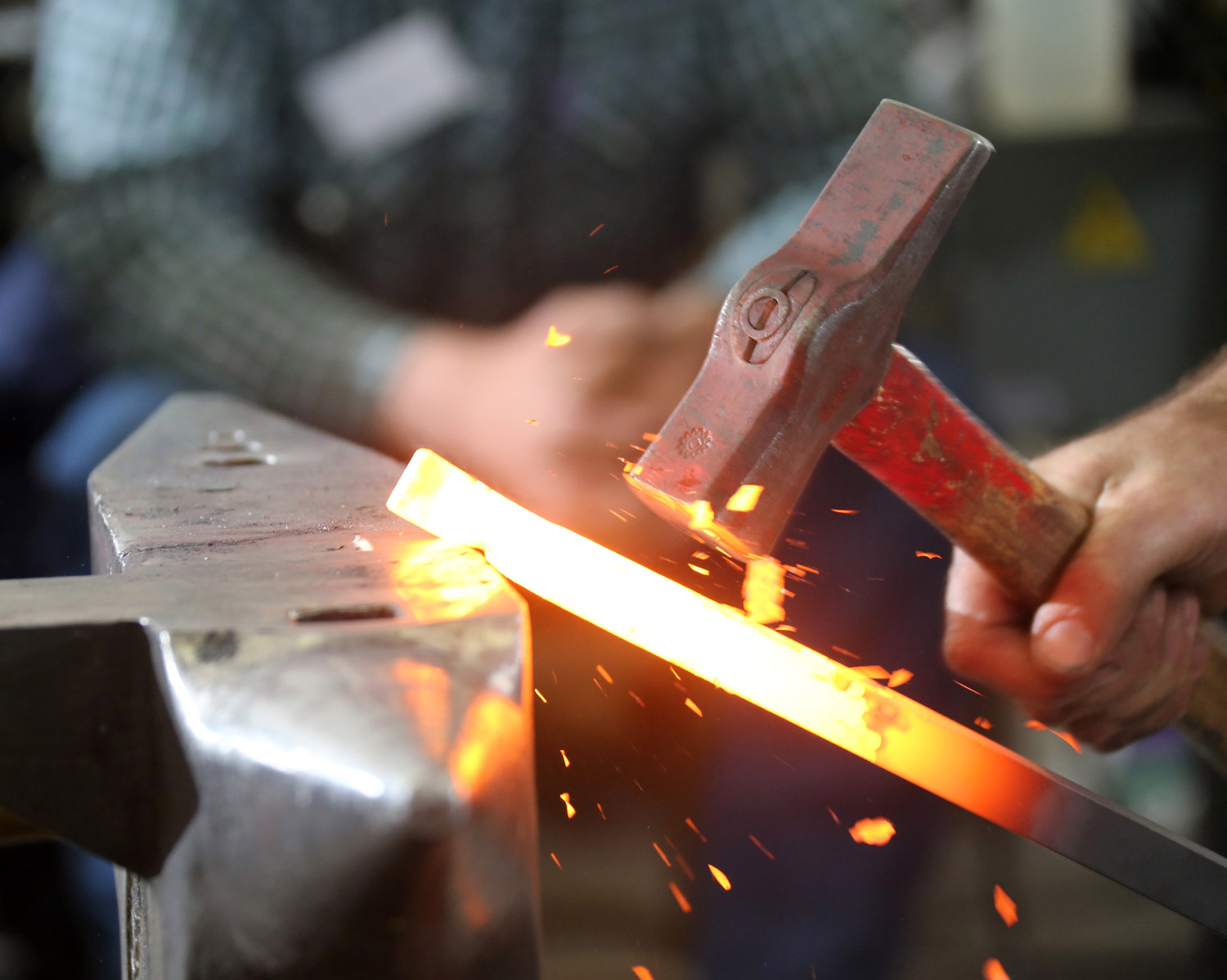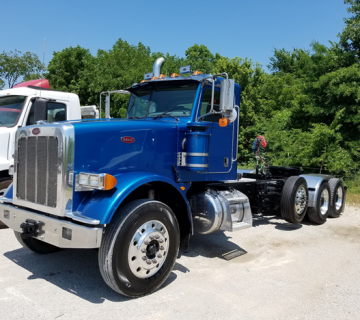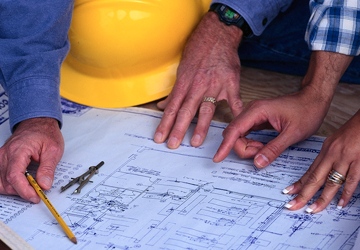Forging is the process of deforming the metal into a desired shape using a wide range of tools and equipments. The deformation is performed using hot, cold or in certain cases even warm forging processes. Ultimately, the forging parts manufacturer decides the best option for forging a particular metal. Following are the types of forging:
Smith Forging: Open-die forging, also known as Smith forging, involves a hammer striking and deforming the work-piece, which is placed on an anvil. To begin with, the metal is heated and then it is beaten over the anvil. The manufacturer has to forge the design in between the blows.

Drop Forging: It is the process of heating the metal and hammering it in a cast die for producing the final product/shape. Manufacturers use this process for producing hardware products, which are supposed to be durable and strong. Generally, drop hammers are used beating up the metal. The cast die used for drop forging has two halves. Its lower half is fixed to the machine’s anvil, while its upper half is fixed to the ram. The products obtained using drop forging include cranks, connecting rod, wrench, crane hooks, etc. Some of the operations required in this forging type are fullering, bending, blocking, finishing, trimming, edging, etc.
Press Forging: This method of forging also requires closed impression dies with a constant squeezing-type force through something like a hydraulic press. In this process, the continued hydraulic presses results in uniformly deforming the metal. Once the metal is deformed to its entire depth, the forging parts manufacturer uses various actions such as fuller, bender, finisher, etc for giving the metal a final impression.
Machine Forging: This process is a complete contrast of press and drop forging methods. Machine forging is a manufacturing process, which involves shaping of metal using a wide range of localized compressive tools. Usually, a power hammer or a die is used for beating the metal. Originally, this method was developed for designing metal heads in a uniform pattern, but with changing times, it is now used for making various products.
After going through these forging types, let’s discuss briefly about Hot and Cold forging. During hot forging, the temperature reaches above the metal’s recrystallization point. Traditionally, forging parts manufacturers use this form method for fabricating or designing aerospace products and airplane parts. The softness produced by extensively heating the metal allows it to be more easily malleable and intricately moulded.
The temperatures for cold forging are around room temperature. While manufacturers could choose to use this method for designing jewelleries through metals like copper, gold, brass and silver, but cold forging is mostly used for merely steel products like carbon ally sheets. Some of the benefits of cold forging include: improved reproducibility, produces net shape, increased dimensional control, etc.
At the end, it is up to the manufacturer to choose a particular type for forging the metal. While some of the methods may be commonly used, others may be needed for only designing small set of parts. But, each type discussed above has a particular aspect, which makes it unique and important.



